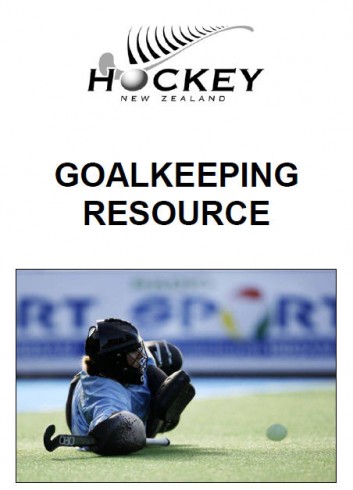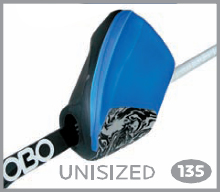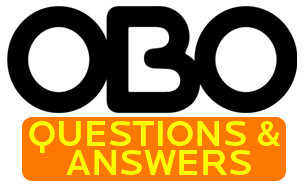Next came the most painful and bloody part of the modification, yes ladies I can sew 😉 I’m domesticated.
Hey everyone this is obviously my first post on the resources (most of you probably know the username/name from FHF)
I didn’t want to write this review as part of the competition as I kind of see it as more of a rant than a review, but hey enough talk time to stop boring you people.
Right well it all started one training session when I coped a rather nasty shot on my right shoulder, the body armour did it’s job of protecting me from serious harm. However I started feeling more and more uneasy with shots in the shoulder region to the point of flincting when a ball went there.
Fearing that I had lost a lot of confidence I decided to try other brands of equipment in shops to see what felt better and a bit more solid around the shoulders. I was amazed to find that nothing on the market at the time had solid shoulder protection. I found my old ice hockey style protector (mercian shoulder caps) and thought “hey I wonder how they would work together.” Safe to say having both on was silly.
I then decided modification was the key, I then chopped off both shoulders of the Robo armour and carefully removed the shoulder caps off the mercian shoulder caps. I then removed the hard protective foam across the top of the remaining parts of the BA, making the BA look like a vest haha.
Next came the most painful and bloody part of the modification, yes ladies I can sew and I did sew the mercian shoulder caps on to the BA. Looking rather messy I made some covers for the shoulders which I later removed cos they was PANTS!
The last thing I did was resew the arm attachement velcro or whatever it is to the shoulders to allow the arms to be attached again.
Finally my mod was done, I felt like a tank but as fast as a shit off a shovel. It also gave me a massive confidence boost not only in my goalkeeping but in life as it gave me the drive to get properly creative again, which really helped my job too (web design.)
I hope I entertained you for a small amount of time, or if I bored you sorry, but you could have clicked off!
🙂
I hope that the new generation of OBO Robo Armour can be reinforced up in the shoulder department.
Anyway take care and happy keeping!




